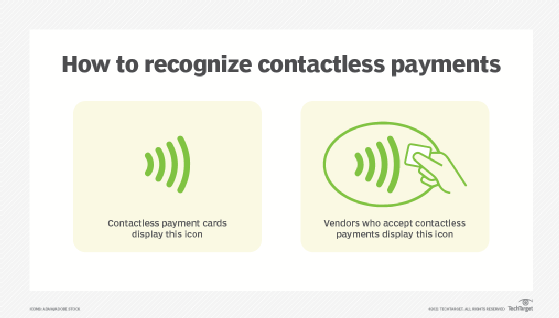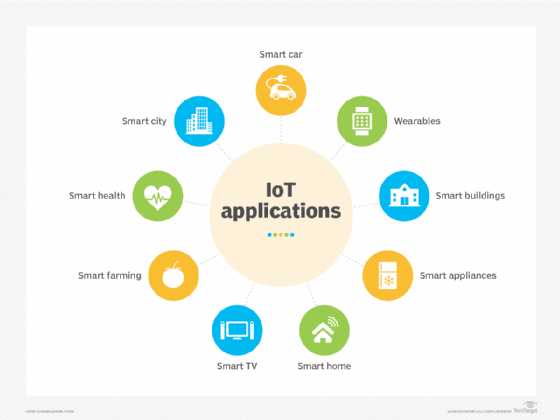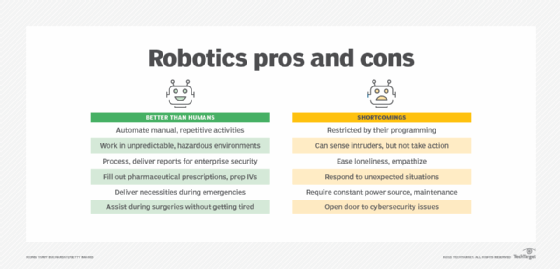
Getty Images/iStockphoto
6 technology trends in the travel industry in 2022
Mobile apps, contactless payments and IoT devices are just some of the technologies trending in the travel and tourism industry.
Technology can change the way people travel, providing convenience, safety and fewer touchpoints.
And after more than two years of COVID-19 restrictions, people are eager to travel and make up for lost time -- something known as revenge travel.
Still, leisure and business travelers want to feel secure while booking trips amid the pandemic.
Here are six travel technology trends for 2022.
Mobile technology
Smartphones are an integral part of many people's lives. Smartphones are communication devices, planners, maps, personal travel guides and restaurant locators, among other things. That's why many businesses have made mobile technology part of their business plans.
Here are some items that businesses have created for users:
- Mobile apps. Southwest Airlines is one of many businesses that provides a mobile app to travelers. Here, people can book and check in for flights, check a flight's status, and access their boarding pass and rewards account. Some companies, such as Hilton, even offer the option for digital room keys using an app.
- In-app chat. JetBlue also has a mobile app. Included in it is an in-app chat feature that enables users to talk to employees while on the go for quick assistance -- part of JetBlue's customer engagement strategy. This can be especially beneficial when travelers face long customer service lines at the airport .
- Virtual queues. Virtual queues enable travelers to join a line without physically waiting with other people for what can sometimes be hours. Harry Potter New York is one such store that offers this type of queue. To join the queue, visitors scan a QR code with their smartphone at the store and enter their group's details. Visitors then get a text when it's their turn to enter the store.
- QR codes for menus. At the onset of the pandemic, many restaurants provided QR codes to customers for virtual menus while dining in. This eliminated the potentially germy touchpoint of physical menus. One such restaurant to do this was Shorty's Mexican Roadhouse in New Hampshire. Customers scan a QR code with their smartphone, and the restaurant's menu appears on their device.
Contactless payments
Contactless payment methods have also become increasingly popular in the tourism industry. The pandemic made it almost a necessity, as people shied away from physical card and cash exchanges. Contactless payments work by holding a credit card – or other device such as a smartphone, watch or key fob -- near a card reader. The user's device communicates with the reader using RFID technology, instead of swiping a magnetic strip or inserting a credit card into a machine.
Walt Disney World uses contactless payments. While contactless credit cards, Apple Pay and Google Pay are all accepted, Disney also uses wristbands, known as MagicBands. Guests can choose to link their credit card to their MagicBand then make purchases with the swipe of a wrist.

Internet of things
The internet of things (IoT) is a system of interconnected devices with unique identifiers that can transfer data over a network without human interaction. And in the hospitality industry, IoT can eliminate frequent touchpoints and improve the customer experience.
One resort, the Aria in Las Vegas, implemented IoT technology in hotel rooms. Using an in-room tablet, guests can control the curtains, temperature and lighting. Guests can also coordinate their wake-up call to include an alarm, curtains opening and lights turning on at the same time.

Chatbots
Chatbots simulate human conversation via phone and text interactions. They can alleviate congestion in contact centers and provide customers with real-time responses 24/7. Most commonly, chatbots answer frequently asked questions, such as hours of operation and how to pay a bill. They can be found on company websites and social media.
Airline AirAsia provides a chatbot called AVA on its website. AVA can help travelers book flights, pay bills, choose seats, reset passwords, answer questions about COVID-19 restrictions and more. AVA is also available on Facebook.
However, AVA is not able to answer all questions, at which point guests would need to speak with a live agent.
Learn more here about how the hospitality industry is using artificial intelligence.
Robots
Robots have also become more widely used -- especially in the food service industry. Again, robots eliminate the need for human interaction and the potential for spreading germs.
Robots were especially prevalent during the 2022 Winter Olympics in Beijing. In the main media center, diners ordered food from their phones, and robots cooked it. When it was ready, robots delivered the meals using tracks on the ceiling, dropping it down to where guests were sitting. Robots also roamed the media center halls, keeping the floors clean.

Virtual tours
Virtual tours enable potential travelers to explore locations before making the trek there. Virtual tours -- not to be confused with virtual reality -- are 360-degree views of rooms designed to give potential bookers a glimpse of vacation destinations. This can come in handy when choosing a hotel so as not to be disappointed.
David's Vacation Club Rental is one travel company that provides virtual tours for potential guests. On its website, users can take 360-degree virtual tours of villas around the Walt Disney World Resort. This lets travelers see the layout and amenities of rooms before they book. These tours can be viewed on smartphones, tablets and computers.








